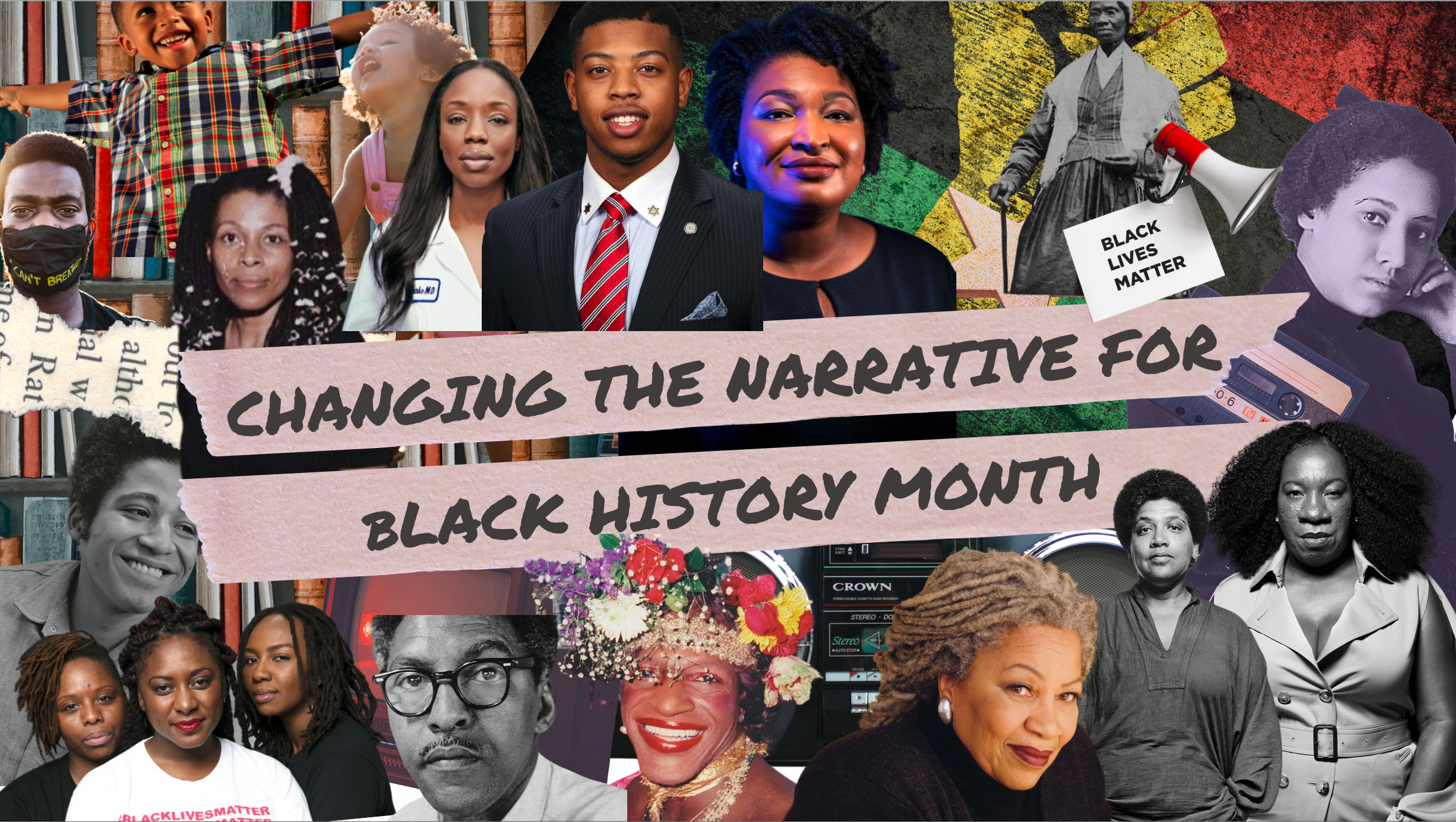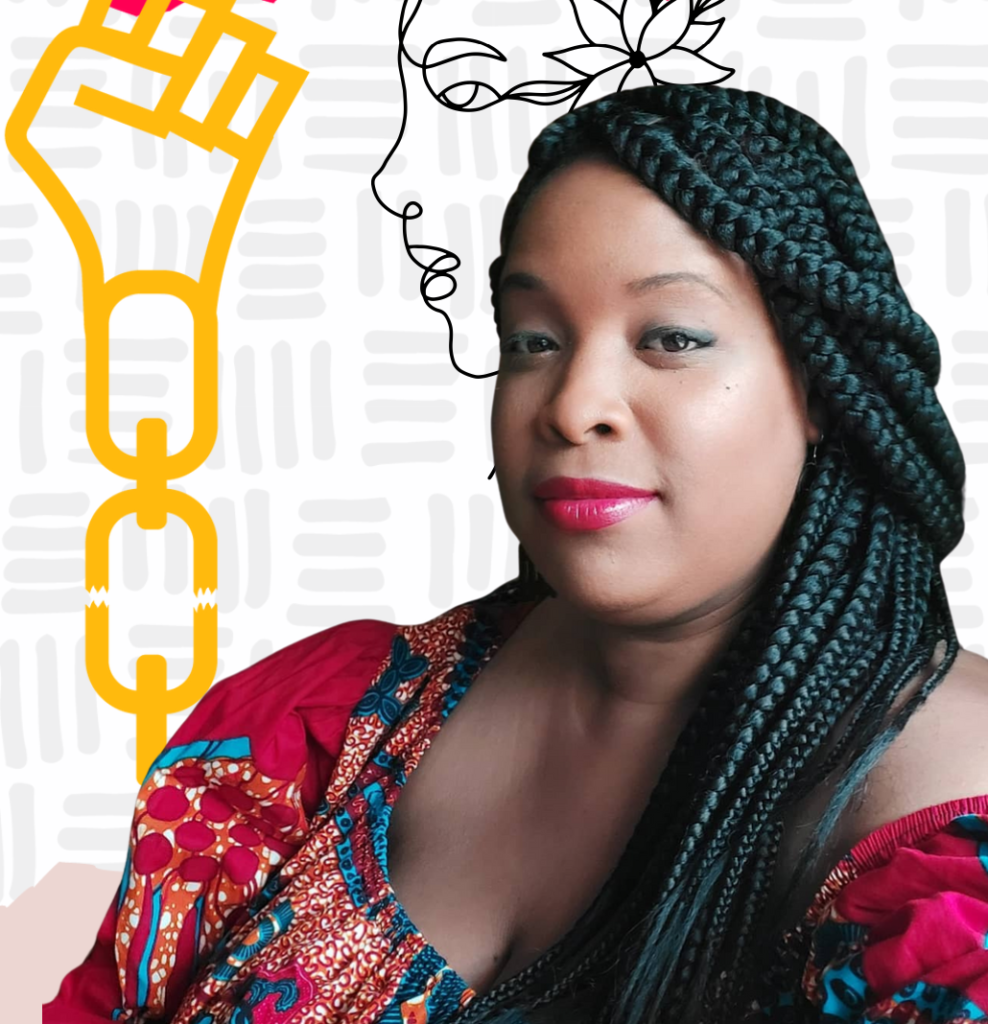
Yolanda Williams is a conscious parenting coach, racial and social justice activist, and founder of Parenting Decolonized. She hosted this session as a part of Outschool’s Diversity, Equity, Inclusion, and Belonging (DEIB) webinar series.
Yolanda joined a group of Outschool educators to share her advice for shifting the narrative of Black history toward Black joy and positivity. Her presentation included tips for educators on:
- Finding resources for teaching Black history
- Language and stories to use or avoid
- Powerful insights into the impact of teaching about DEIB for all learners
You can view the recording of her presentation at the link below or read on to view highlights and select slides from the webinar.
Start by changing your perspective
“We want to highlight the joy, innovation, and resilience of Black people and culture by shifting the way we teach Black history. Most schools discuss Black history through the lens of enslavement and the Civil Rights Movement, and these topics may create feelings of discomfort and shame among Black students. Many lessons feed into a narrative of inferiority, all during a month that’s supposed to celebrate and uplift Black people.”
– Yolanda Williams
The foundation of Yolanda’s approach to teaching about Black history, ideas, and experiences focuses on representing Black people as diverse and multi-faceted human beings. As she says above, much of the Black history traditionally taught in Western schools centers only on traumatic events. While these events are important to discuss in a safe space, only highlighting painful moments in history leads to an erasure of the positive contributions and experiences from Black communities.
A one-sided approach to Black history can also reinforce marginalization and impact people of color mentally and emotionally. When learners feel ashamed, embarrassed, and uncomfortable, they can’t explore their passions and express themselves to the fullest. It’s up to you to intentionally include and empower learners of color by examining how you teach their history.
How to talk about Black history
The way we speak has a significant impact on how we’re heard. Yolanda emphasizes how the harm done toward Black people and other oppressed peoples is often phrased using a passive voice to avoid recognizing hard truths.
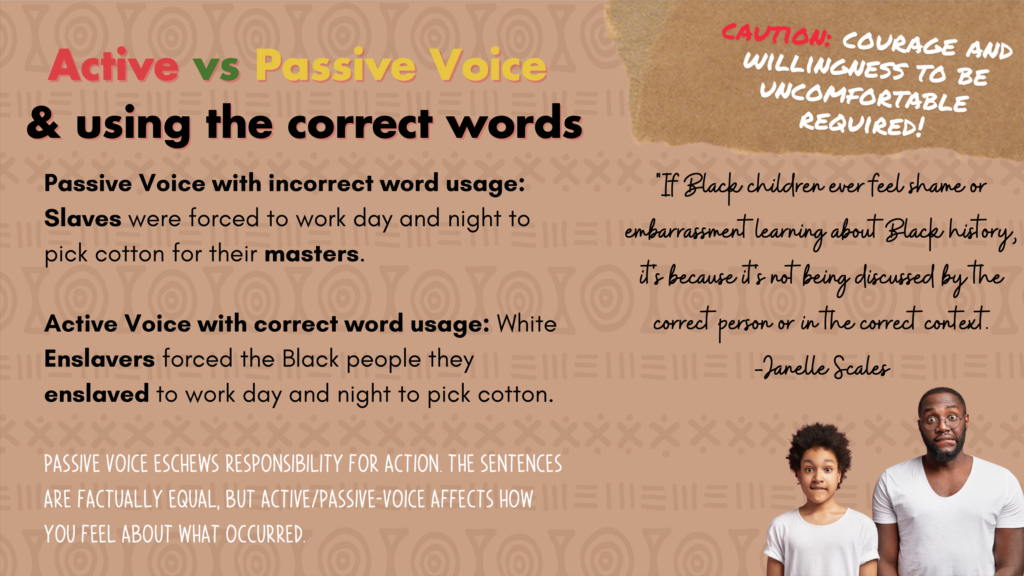
The passive example here uses the noun “slave” instead of describing a person as “enslaved” by another. Using the word “slave” can imply a description of a person’s core existence; they are not a person, they are a slave. The active version of this sentence assigns responsibility to the enslaver and acknowledges the humanity of enslaved Black people; they are people first and foremost.
As Yolanda notes at the bottom of this slide, both sentences may be factually correct, but the voice affects how the reader feels about the statement. Always assign responsibility when possible, and be mindful of identifying opportunities to uplift Black people in history above the traumas inflicted upon them.
Teaching about enslavement
While Yolanda encourages educators to find space to celebrate Black joy, it may be necessary and appropriate for you to teach about the enslavement of Black people if it falls within your teaching expertise according to Outschool policy.
Here, Yolanda shares some essential dos and don’ts for teaching about enslavement. Most of these points apply to the enslavement of Black people globally, but a few are specific to the U.S. (here, Northern and Southern states refer to the United States regions that would eventually form two opposing factions in the American Civil War).
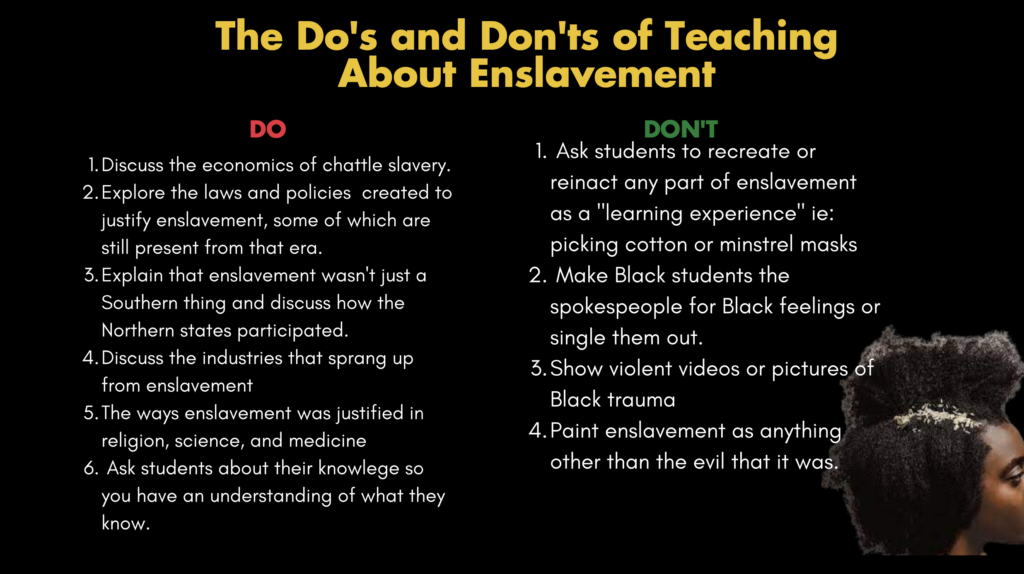
Celebrate Black joy
Yolanda asks: Have you ever thought about Black people in history – especially enslaved Black people – as people? People who fell in love, dreamed of their futures, parented children, and celebrated life’s moments with each other? People whose acts of resistance toward oppression sometimes came in the form of music, art, laughter, and innovation?
Educators have the opportunity to help young learners of all backgrounds explore the joyful side of Black history by celebrating the accomplishments and traditions of Black people in the past and present. Take a look at these tips from Yolanda to start thinking about how you can shift the narrative in your own classroom:
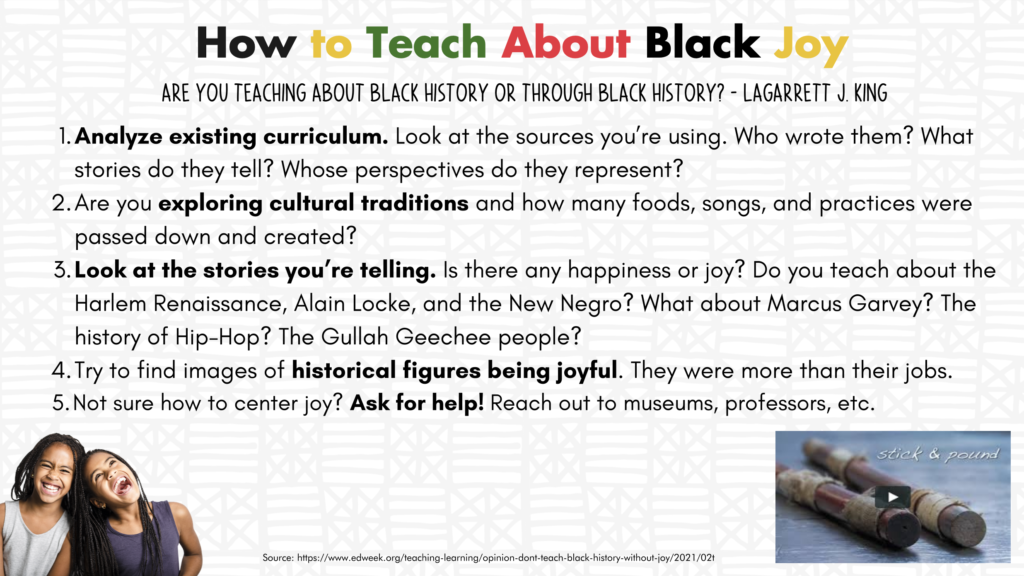
Redefining Black excellence
On the subject of celebrating Black achievements in history, Yolanda believes that how we define Black excellence could use an overhaul. Traditionally, notable Black figures in history have succeeded at capitalist goals like business and career-building or met Eurocentric beauty standards. Or, they are those who were forced to fight against oppression as abolitionists or civil rights leaders. These narrow expectations can promote only Eurocentric values; it’s time to expand.
When choosing Black stories to highlight in your lessons, broaden your search to include people who are imaginative, creative, innovative, and resilient in ways that aren’t tied to the economy. This can go a long way to empowering learners – especially kids of color – to find new role models or feel inspired by people who share their passions. Look for inspiring Black leaders in politics, sports, the arts, medicine, environmentalism, community activism, or whatever subject you teach.
Yolanda leaves us with a call to include Black history and stories in your curriculum year-round (not only in Black History Month) and to always examine your intent and impact as an educator. What message do you mean to communicate, and how could it affect learners of diverse backgrounds? How can you always be working to create a more inclusive classroom?
To continue your learning, check out these tips from Black history educators on Outschool or explore some of the resources below.
Additional resources for teaching Black history
Smithsonian National Museum of African American History & Culture – Little-known Black history facts, stories, and exhibits
PushBlack – A non-profit media org that uses the power of narrative to educate subscribers on Black history.
Zinn Education Project – Introduces students to a more accurate, complex, and engaging understanding of history than is found in traditional textbooks and curricula.
Origin of Everything – A Youtube channel dedicated to in-depth origin stories of history and popular culture.
Black Youth Project – An exploration of what young black Americans think about the political, cultural, and sexual choices and challenges confronting them and their peer group.
Facing Today, a Facing History Blog – Using history to teach tolerance in classrooms around the globe to combat racism and antisemitism
Learning for Justice – Classroom resources to help teachers incorporate social justice into their curriculum.
Black History Bootcamp by GirlTrek – A 21-day walking meditation series celebrating Black stories and ancestral lessons
